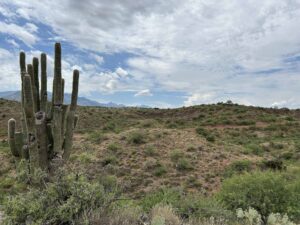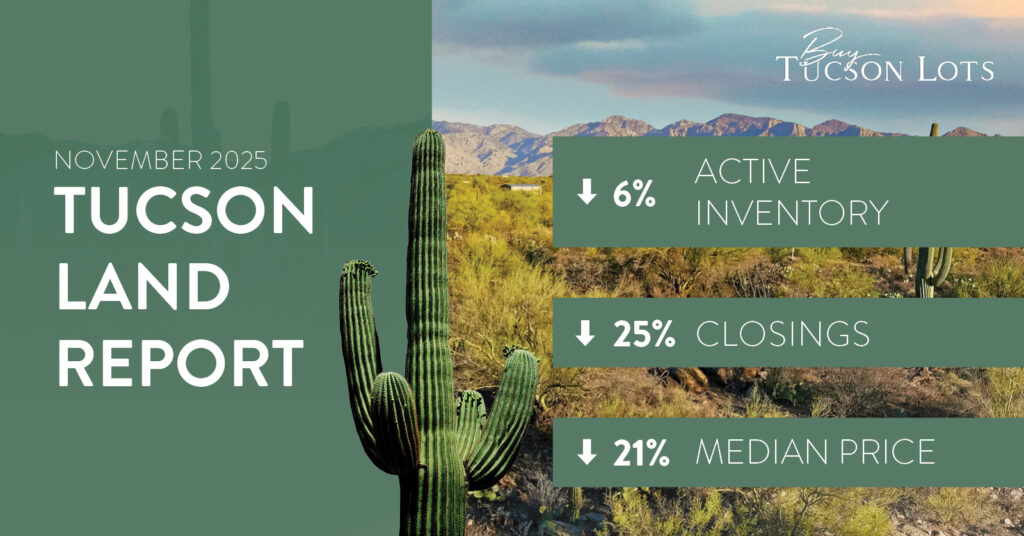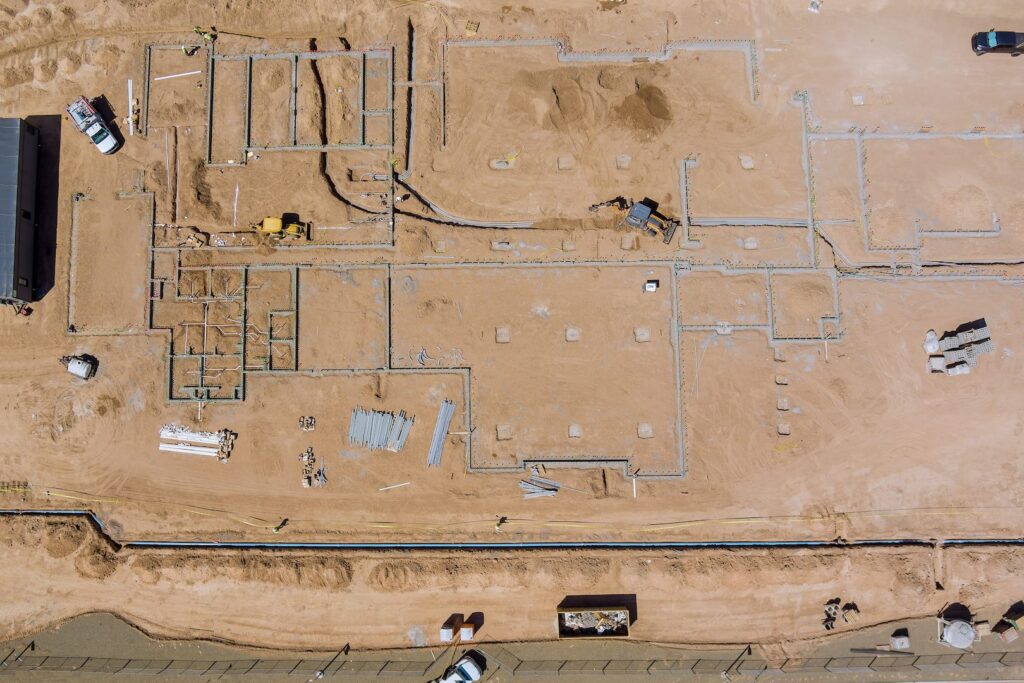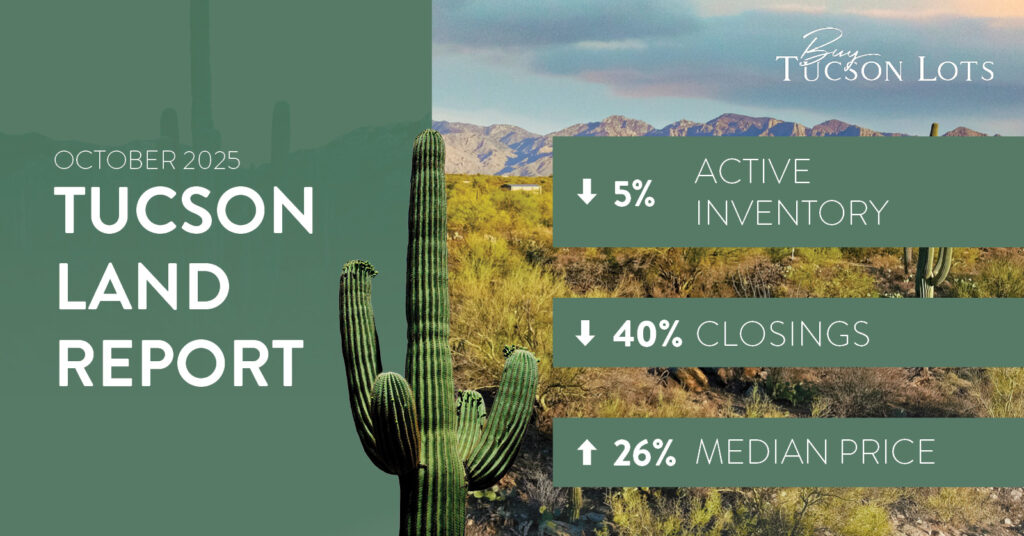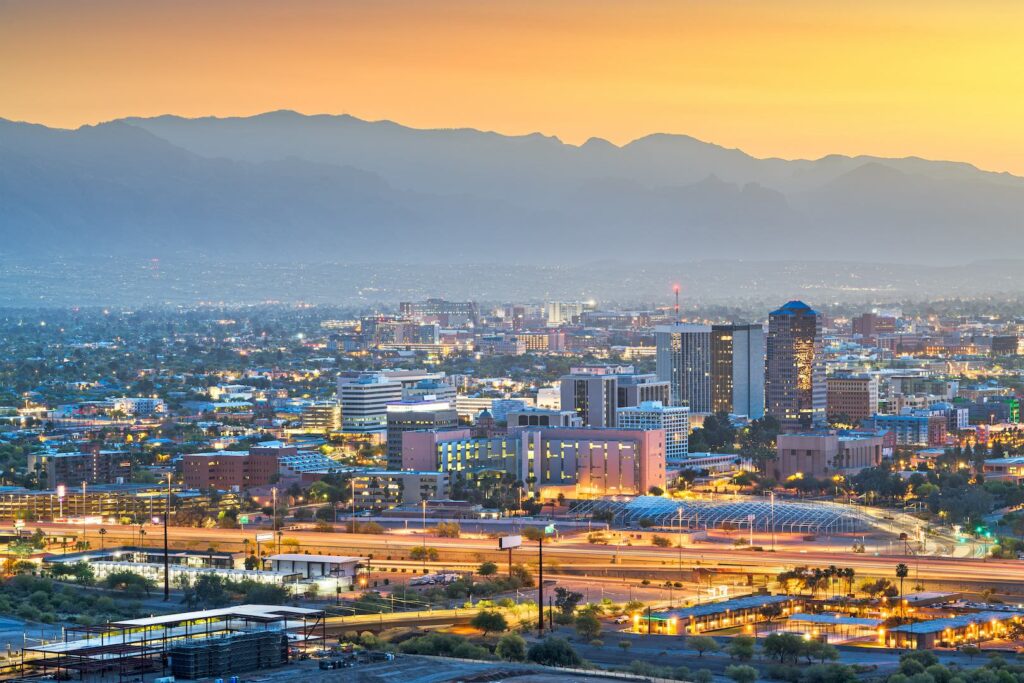In Pima County, there are areas that are designated as Regulated Riparian Habitat (RRH). RRH has development limitations in an effort to preserve, protect, and enhance these areas. Why is this important? And what exactly is riparian habitat?
Riparian habitat is the community of plants found along washes and floodplains. Riparian habitat can range from a narrow band of grasses and shrubs along an ephemeral (intermittent water flow) desert wash to a closed canopy of large mature trees along a perennial stream. Riparian habitat provides multiple benefits including groundwater recharge, erosion control, improved water quality, and ensures the long-term survival of wildlife and floodplain function.
Groundwater Recharge
Riparian vegetation slows stormwater flow which can increase groundwater recharge. The rainwater generated from a storm can create flooding and erosion. When the vegetation within riparian habitat is protected and preserved in place, the vegetation acts as an obstruction to the stormwater, thereby slowing the stormwater flow and allowing for infiltration to take place which, in turn, recharges the groundwater.
Erosion Control
The riparian vegetation also stabilizes the banks of washes, watercourses, and floodplains. The root system from the trees and shrubs provides structure to the soil. When stormwater flows over the desert to the washes and through the watercourses, the soil remains in place, thereby providing erosion protection.
Improved Water Quality
Riparian vegetation can act as a filter for washes and watercourses by removing pollutants collected from the adjacent streets and parking areas. As the stormwater runs over these polluted paved areas, the stormwater collects the pollutants. This process can be harmful to groundwater. When stormwater flows through riparian vegetation prior to infiltrating into the groundwater, the vegetation pulls the harmful pollutants out of the stormwater.
Wildlife and Floodplain Function
Riparian habitat is of particular importance to wildlife. At least 80% of all animals in the Southwest use riparian habitat at some stage of their lives and more than 50% of these species require riparian habitat during their life cycle. Riparian habitat provides food, nesting habitat, protective cover, and migration/movement corridors. Theses corridors are found within riparian habitat areas and located adjacent to desert washes and larger watercourses throughout Pima County. The riparian corridors support higher biological diversity by providing places for wildlife to live, forage, and connectivity to other areas that both plants and animals need to maintain viable populations and genetic species diversity.
When riparian habitat is preserved, public expenditures on flood control projects for the protection of buildings and property is decreased. When the riparian vegetation is not disturbed by development, the need for costly drainage infrastructure – such as bank stabilization – is decreased. In essence, riparian habitat provides a natural flood protection for adjacent properties. In addition to reducing public expenditures by preserving the riparian vegetation, opportunities for passive recreation within the protected open space offers an aesthetically pleasing place to live which can result in higher property values.
Stay tuned for how to permit construction on property that is located within Pima County regulated riparian habitat.
This article was written by Patricia Gilbert, a Principal Hydrologist in Pima County, Arizona.



